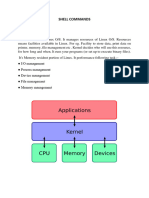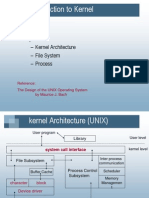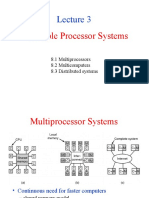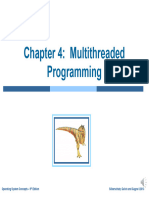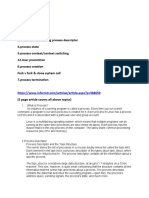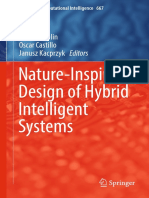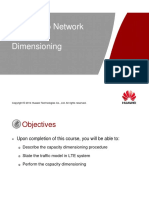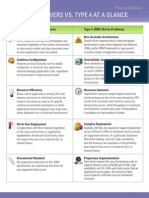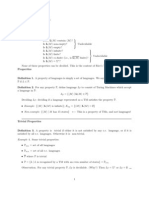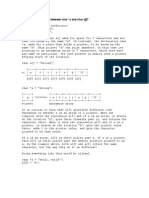0% found this document useful (0 votes)
267 views2 pagesProcess Descriptor in Operating Systems
A Process Descriptor is a data structure used by the Operating System to manage information about a process, including its ID, state, memory usage, and file descriptors. In Linux, it is represented by the task_struct structure, which facilitates efficient process management, context switching, and resource allocation. The Process Descriptor is essential for multitasking and scheduling processes within the OS.
Uploaded by
yatakonakiran2Copyright
© © All Rights Reserved
We take content rights seriously. If you suspect this is your content, claim it here.
Available Formats
Download as TXT, PDF, TXT or read online on Scribd
0% found this document useful (0 votes)
267 views2 pagesProcess Descriptor in Operating Systems
A Process Descriptor is a data structure used by the Operating System to manage information about a process, including its ID, state, memory usage, and file descriptors. In Linux, it is represented by the task_struct structure, which facilitates efficient process management, context switching, and resource allocation. The Process Descriptor is essential for multitasking and scheduling processes within the OS.
Uploaded by
yatakonakiran2Copyright
© © All Rights Reserved
We take content rights seriously. If you suspect this is your content, claim it here.
Available Formats
Download as TXT, PDF, TXT or read online on Scribd
/ 2







